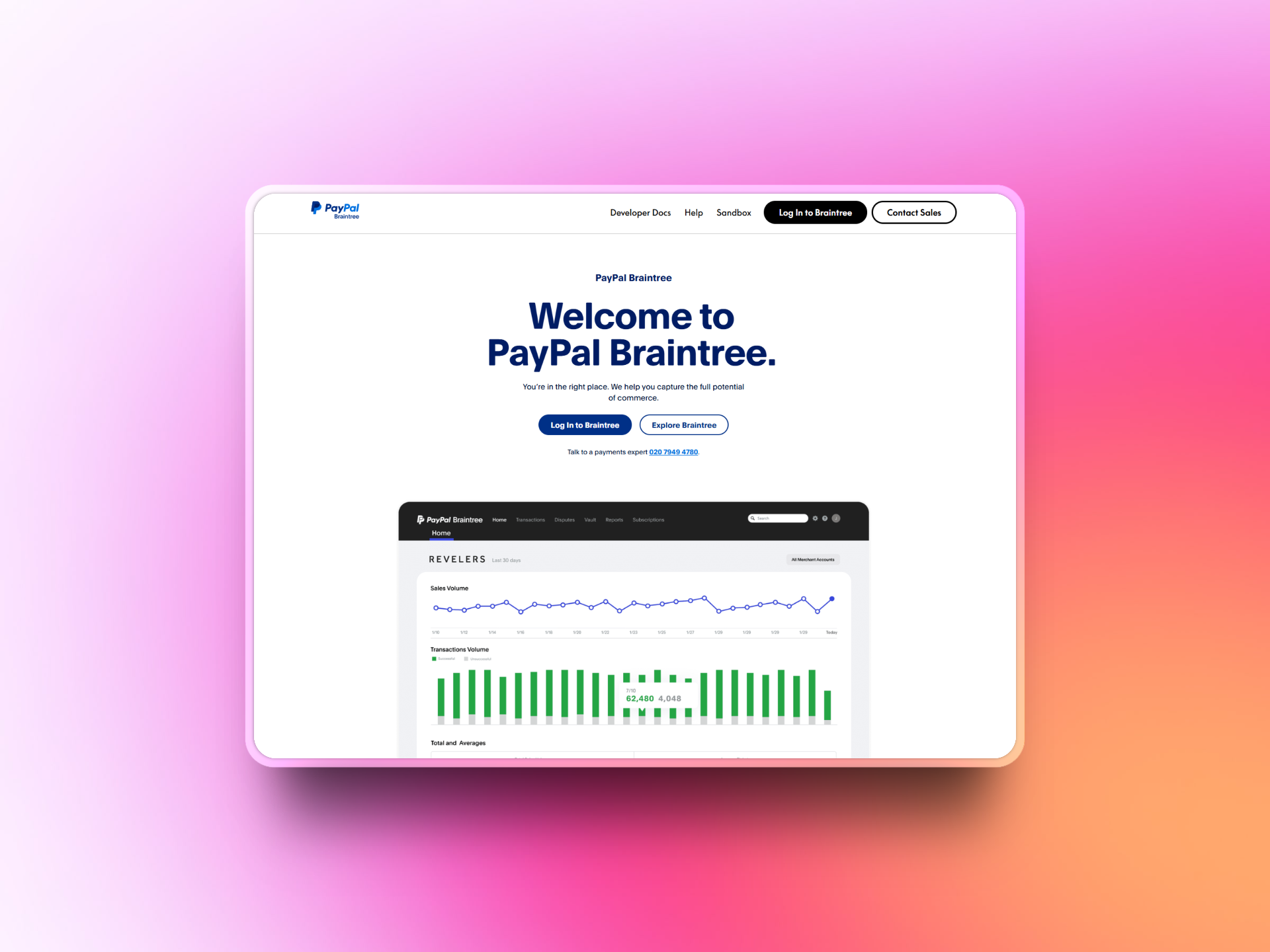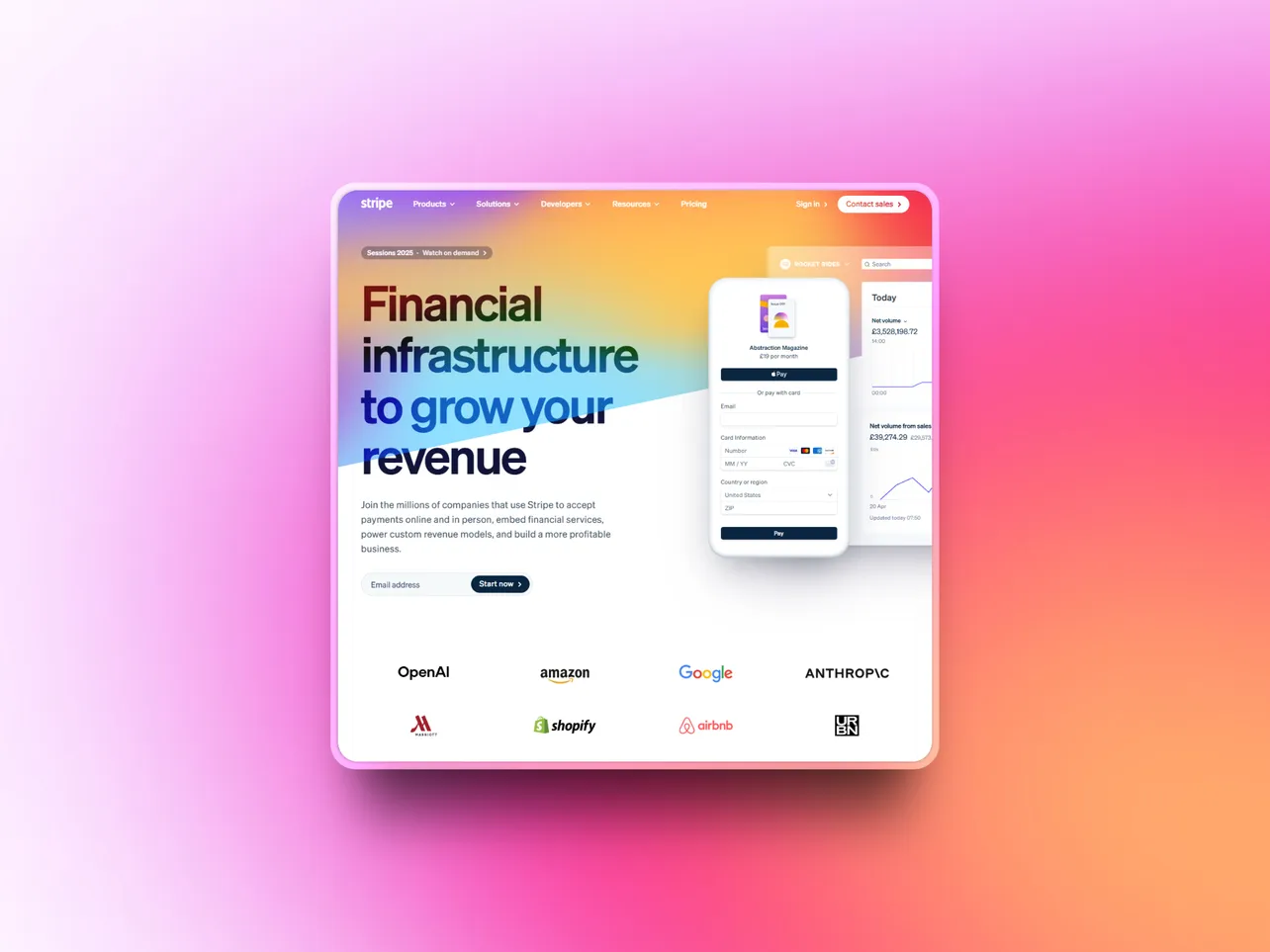If you're running an online business, chances are you've heard of Stripe, or you're already using it.
As one of the most popular payment processors in the world, Stripe has become the go-to choice for startups and established companies alike. But those processing fees can add up quickly, especially as your business grows.
Let's break down exactly what you're paying and whether it's time to explore alternatives.
What Are Stripe Fees?
Stripe fees are the charges you pay every time someone makes a purchase through your website or app using Stripe's payment processing system.
Think of it as the cost of doing business online—Stripe handles the complex world of credit card processing, fraud protection, and regulatory compliance, but they charge you for the convenience.
These fees cover everything from the actual transaction processing to maintaining PCI compliance, handling chargebacks, and providing the developer tools that make integration relatively painless.
Current Stripe Pricing in 2025
Here's what you can expect to pay with Stripe's standard pricing:
| Payment Type | Details |
|---|---|
| Online Payments | 2.9% + $0.30 per transaction. $100 sale = $3.20 in fees, $96.80 payout. |
| International Transactions | Additional 1% fee on top of standard rate. Total: 3.9% + $0.30. |
| Digital Wallets | Same rate as standard credit cards. Applies to Apple Pay, Google Pay, etc. |
| Chargebacks and Disputes | $15 fee per dispute, win or lose. |
| ACH and Bank Transfers | About 0.8% per transaction, capped at $5. Cheaper for large payments. |
The Hidden Costs That Add Up
Beyond the basic transaction fees, there are several other costs to consider:
- Failed payment attempts still generate fees in some cases
- Refund processing doesn't refund the original processing fee
- Premium features like Radar for fraud protection come with additional costs
- Subscription billing adds complexity and potential additional fees
For a business processing $50,000 per month, you're looking at roughly $1,450-$1,500 in monthly Stripe fees just for standard transactions. That's nearly $18,000 per year.
That's money that could be reinvested in growth, marketing, or product development.
When Should Founders Consider Alternatives?
While Stripe is undeniably convenient, there are several scenarios where exploring alternatives makes sense:
High Transaction Volumes
If you're processing over $100,000 per month, you may have outgrown Stripe's one-size-fits-all pricing. At this volume, negotiating custom rates with other processors often yields significant savings.
Specific Industry Needs
Some industries face restrictions or higher fees with Stripe. If you're in a "high-risk" category like CBD, adult content, or certain subscription models, specialized processors might offer better terms and fewer compliance headaches.
International Focus
If most of your customers are international, the additional 1% fee for currency conversion can seriously eat into margins. Processors like Adyen or local payment solutions might offer better rates for your specific markets.
Tight Margins
For businesses with razor-thin profit margins, every percentage point matters. Even saving 0.5% on processing fees can make the difference between profitability and loss.
Top Stripe Alternatives for 2025
Picking a payment processor depends on your setup. Some work better for in-person sales, others for international customers or cutting costs. Here’s a quick overview of five well-known options and where they make the most sense.
Square

Great for businesses that need both online and in-person payment processing. Square offers an all-in-one POS platform with competitive rates, especially for small businesses.
PayPal

PayPal offers a broader range of payment methods compared to Stripe, which can be valuable for businesses with diverse customer preferences. However, customization options are more limited.
Adyen

For businesses looking for global reach and extensive payment options, Adyen is a top-tier choice, especially for larger organizations with high transaction volumes.
Helcim

Helcim can potentially save businesses up to 25% on payment processing costs, making it attractive for cost-conscious founders.
Braintree (PayPal)

For freelancers and small businesses, Braintree provides affordability and simplicity while offering more developer-friendly features than standard PayPal.
Making the Switch: What to Consider
Before jumping ship from Stripe, consider these factors:
Integration Complexity: Stripe's developer experience is genuinely excellent. Switching means potential development time and costs.
Feature Parity: Make sure your alternative offers all the features you currently use, from subscription billing to fraud protection.
Customer Experience: Some alternatives may not offer as smooth a checkout experience, potentially affecting conversion rates.
Support Quality: Stripe's documentation and support are industry-leading. Ensure your alternative can match this level of service.
The Bottom Line for Founders
Stripe's fees are the cost of convenience, excellent documentation, and a robust feature set. For early-stage startups, this trade-off often makes sense. Remember you're paying for speed to market and reduced technical complexity.
However, as your business grows and transaction volumes increase, those fees become a significant line item. Once you're consistently processing over $100,000 monthly, it's definitely worth exploring alternatives or negotiating better rates.
The key is timing. Don't optimize prematurely. Focus on growth first, then worry about fee optimization. But also don't ignore the math forever. At some point, those monthly processing fees could fund an entire marketing campaign or hire a new team member.
Remember, the "best" payment processor isn't always the cheapest one. It's the one that balances cost, features, reliability, and ease of use for your specific business needs.
Start by calculating your current annual processing costs, then evaluate whether alternatives could offer meaningful savings without sacrificing the features that matter most to your business.
The payment processing landscape is more competitive than ever in 2025, which means better options for founders willing to do their homework. Your future self (and your bank account) might thank you for taking the time to explore what's out there.



